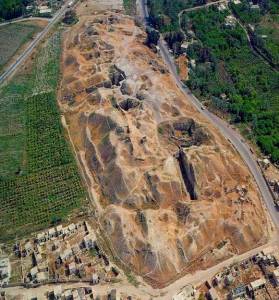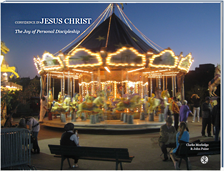
Harrison Ford’s classic character “Indiana Jones,” has affinities with Hans Solo from the Star Wars franchise. A younger version of Harrison Ford’s Hans Solo character, is the central focus in the 2018 Solo: A Star Wars Story movie.
Now that Hans Solo is back on the pop culture radar….
Indiana Jones and the Raiders of the Lost Ark (1981) is one my favorite movies of all time. Harrison Ford, elsewhere known as Hans Solo, played this iconic, adventurous character, looking for the Ark of the Covenant. Who knew that Bible archaeology could be such fun?
Let us explore how the Bible and archaeological adventures connect, and find out…
George Lucas and Steven Spielberg took the mega-popular Hans Solo character of Star Wars, and put him back on earth in the 1930s, as one Indiana Jones. One of my favorite scenes shows this studious looking archaeology professor talking about the Ark of the Covenant, the great chest of the Old Testament that stored the Ten Commandments, that went missing sometime during Israel’s ancient history. Within minutes after this scene, our Indiana Jones would be traveling the world, fedora hat on head, with bullwhip in hand, chasing trucks, trying to beat the Nazis to recover the missing Ark of the Covenant.




